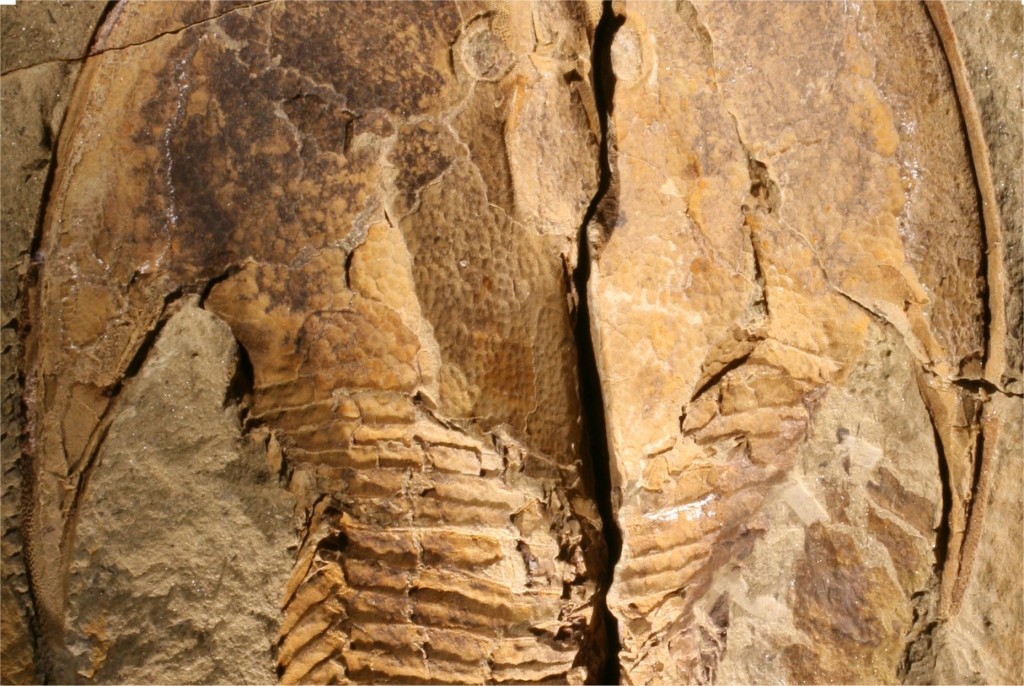The Devonian period is a division of earth’s history spanning from around 419 to 359 million years ago, and during which vertebrates became far more ecologically diverse. The Devonian is often called the age of fishes owing to their abundance and diversity during this period. The Early Devonian is characterised by the jawless armoured ostracoderm fish. Later, these were largely replaced by jawed fish such as placoderms, some of which reached over 9 meters in length and were the top predators of their day. The land was transformed by the evolution of the first forests. At the same time, lobe-finned fish began to evolve limbs, a rigid skeleton and increased air breathing capabilities, gradually leaving the water to become the first land-living vertebrates. The Devonian was a tectonically active period in which the continents began to drift together. It had a relatively warm climate and consequently the planet probably lacked ice caps. The end of the Devonian is marked by a mass extinction event.
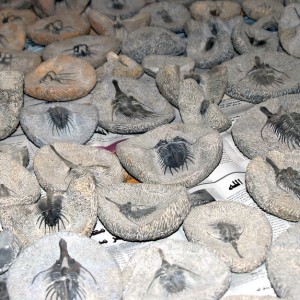
Published on July 1st, 2013 | by David Marshall
Trilobites are one of the most instantly recognisable groups of fossils. They were present from the very start of the Paleozoic and went on the fill a great number of ecological roles before going extinct at the Permo-Triassic [&hellip... Read More →
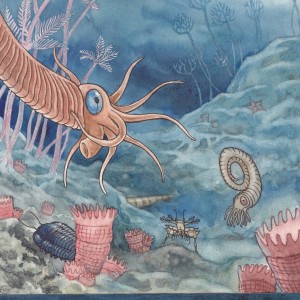
Published on June 1st, 2013 | by Joe Keating
Ammonoids are a diverse group of cephalopods, a group of molluscs that include squid, octopuses, cuttlefish and nautiloids. They lived for over 300 million years (from the Early Devonian – the end Cretaceous) and survived multiple [&hellip... Read More →
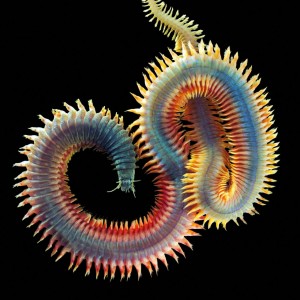
Published on February 15th, 2013 | by David Marshall
Fossils, at the best of times, are difficult to interpret. Palaeontologists attempt to reconstruct organisms from what little remains are left. This can be relatively simple for groups that we are familiar with today; you can [&hellip... Read More →

Published on November 1st, 2012 | by David Marshall
Vertebrates are one of the most diverse and successful groups of animals on the planet. Modern vertebrates come in an astounding array of sizes and shapes and can be found anywhere from the deepest oceans to [&hellip... Read More →
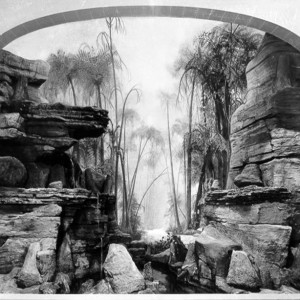
Published on October 1st, 2012 | by David Marshall
A few days after the interview in the Royal Ontario Museum with Dave Rudkin on Isotelus rex, the Palaeocast team headed south to the New York State Museum (NYSM), Albany, USA. Here we got a chance [&hellip... Read More →

















